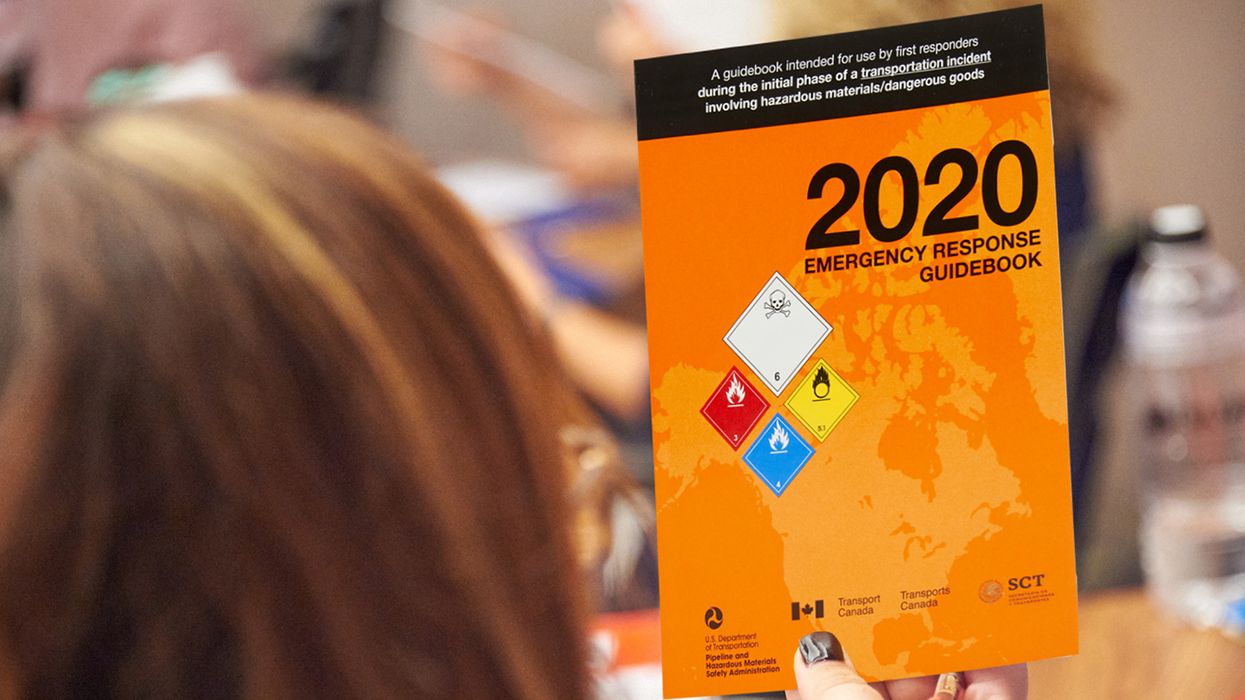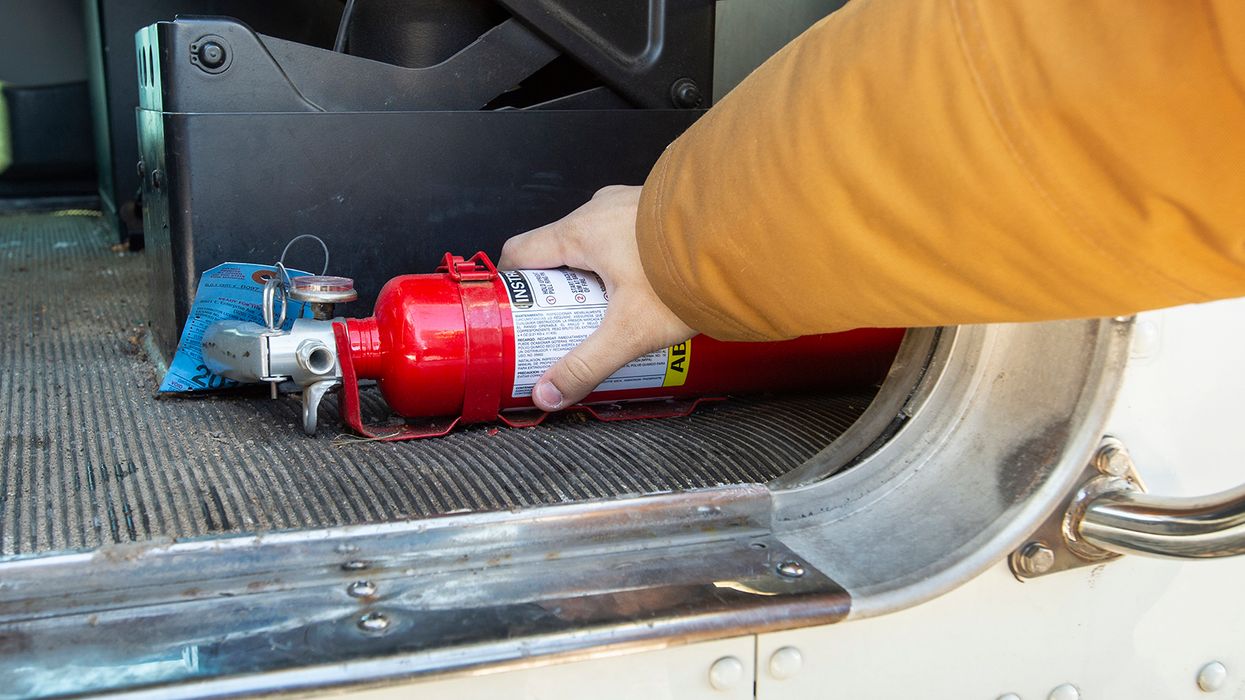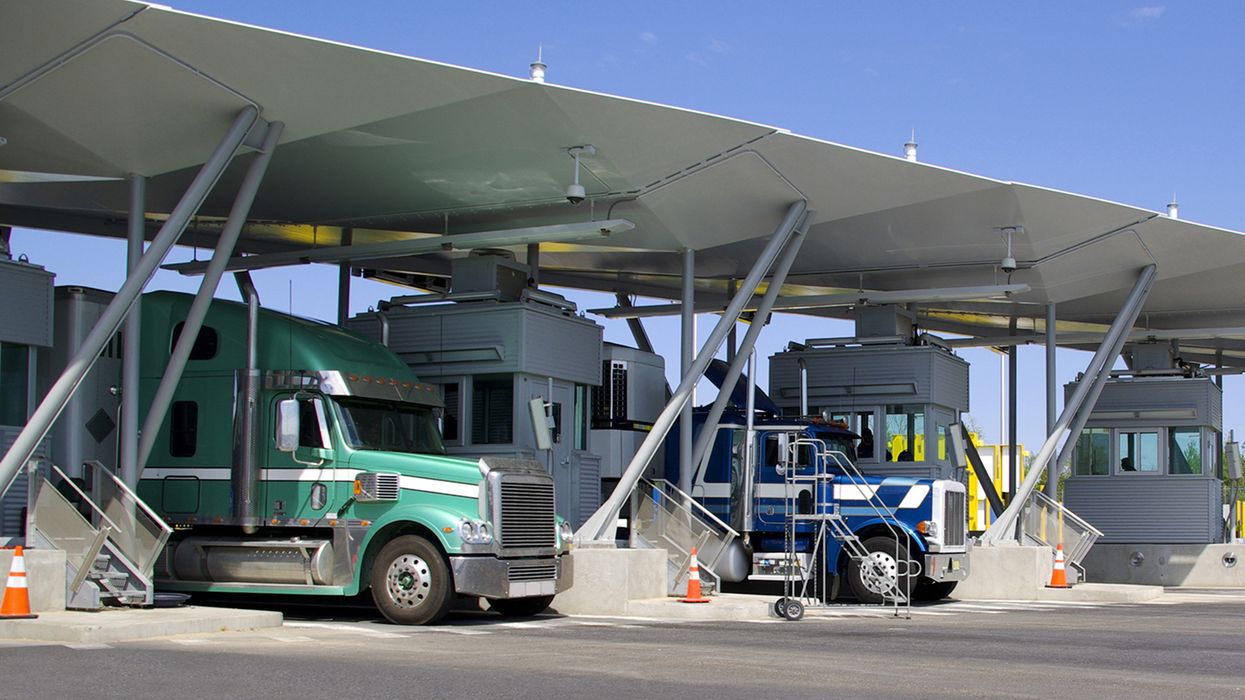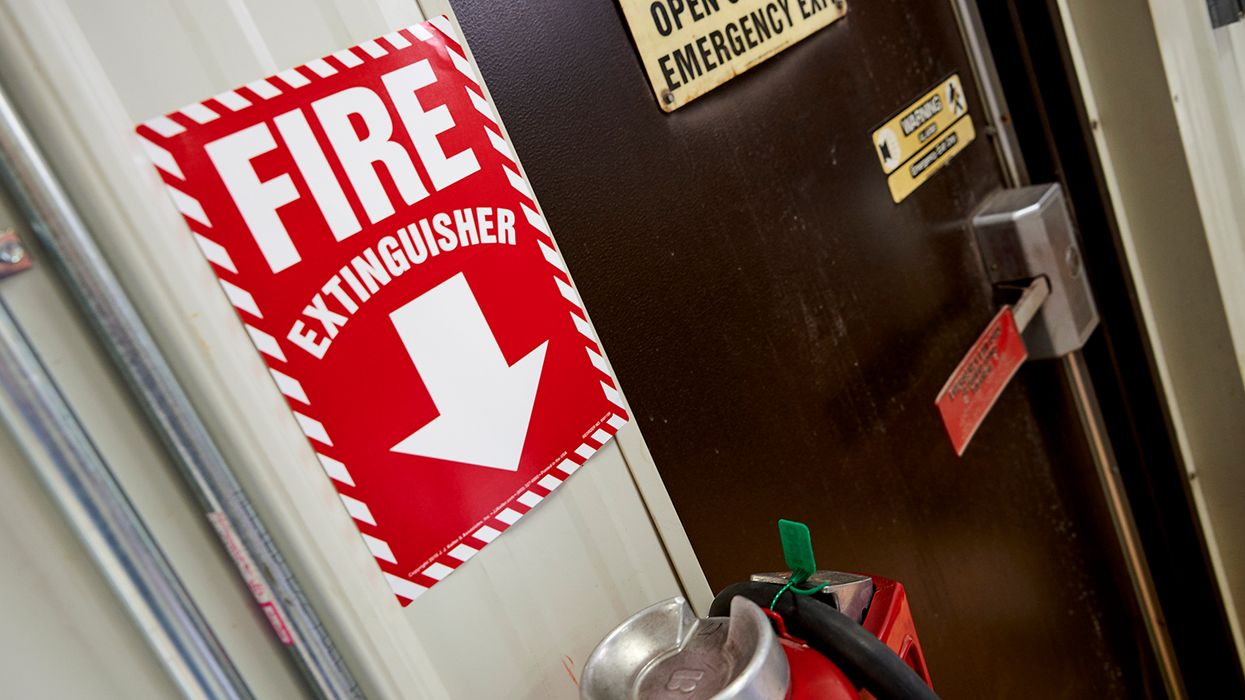The Emergency Response Guidebook
What is that little orange book for?
Many shippers and transporters of hazardous materials are familiar with the small orange Emergency Response Guidebook (ERG). Most associate the ERG with compliance with the Hazardous Materials Regulations (49 CFR), using it to provide emergency response information for a hazardous materials shipment. This may be surprising, but that is not why the ERG was created.
Original use for the ERG
The Emergency Response Guidebook was originally developed by the U.S. Department of Transportation (DOT), Transport Canada, and the Secretariat of Transport and Communications of Mexico for use by police, firefighters, and other emergency personnel who are the first to arrive at the scene of a transportation incident involving hazardous materials/dangerous goods. The ERG helps first responders quickly identify the hazard(s) of the materials and protect themselves and the general public during the initial response phase of an incident.
The “initial response phase” is that period following the first responders’ arrival at the scene of an incident, during which the presence and/or identification of hazardous materials is confirmed, protective actions and area securement are initiated, and assistance of qualified personnel is requested.
The DOT prints and distributes copies of the ERG to emergency responders throughout the United States. The goal is to have an ERG available to every emergency responder in the United States. Responders are familiar with the ERG because the Occupational Safety and Health Administration (OSHA) and the Environmental Protection Agency (EPA) regulations require that they be trained on the use of the ERG.
Another use for the ERG
To increase the likelihood that emergency response information will be available to first responders at the scene of a hazardous materials incident, the Hazardous Materials Regulations require that emergency response information accompany most shipments of hazardous materials. Emergency response information is not required for hazardous materials that do not require shipping papers or are classified as an Limited Quantity.
The emergency response information can be provided in a variety of ways:
- It can be entered on the hazmat shipping papers; or
- It can be provided in another document, other than the shipping paper, that includes the basic description (and technical name if appropriate) of the hazardous material. A Safety Data Sheet is an example of this type of document; or
- It can be provided in a separate document, other than the shipping paper, that cross-references the description of the hazardous material on the shipping paper with the emergency response information contained in the document. The ERG is an example of this type of document.
Carriers that transport hazardous materials must maintain the emergency response information the same as they do shipping papers. The emergency response information must be readily available to, and recognizable by, authorities in the event of an incident or inspection.
Although not the original intended use for the ERG, keeping an ERG with the hazmat shipping papers is an easy way to comply with the emergency response information requirements in the Hazardous Materials Regulations. Many carriers play it safe and carry an ERG in their vehicles to cover any hazmat load/situation that they may encounter.
Key to remember
The ERG was originally created to help first responders protect themselves and the public during a hazardous materials incident. The ERG can also be used to provide emergency response information that is required for most hazardous materials shipments.






















































